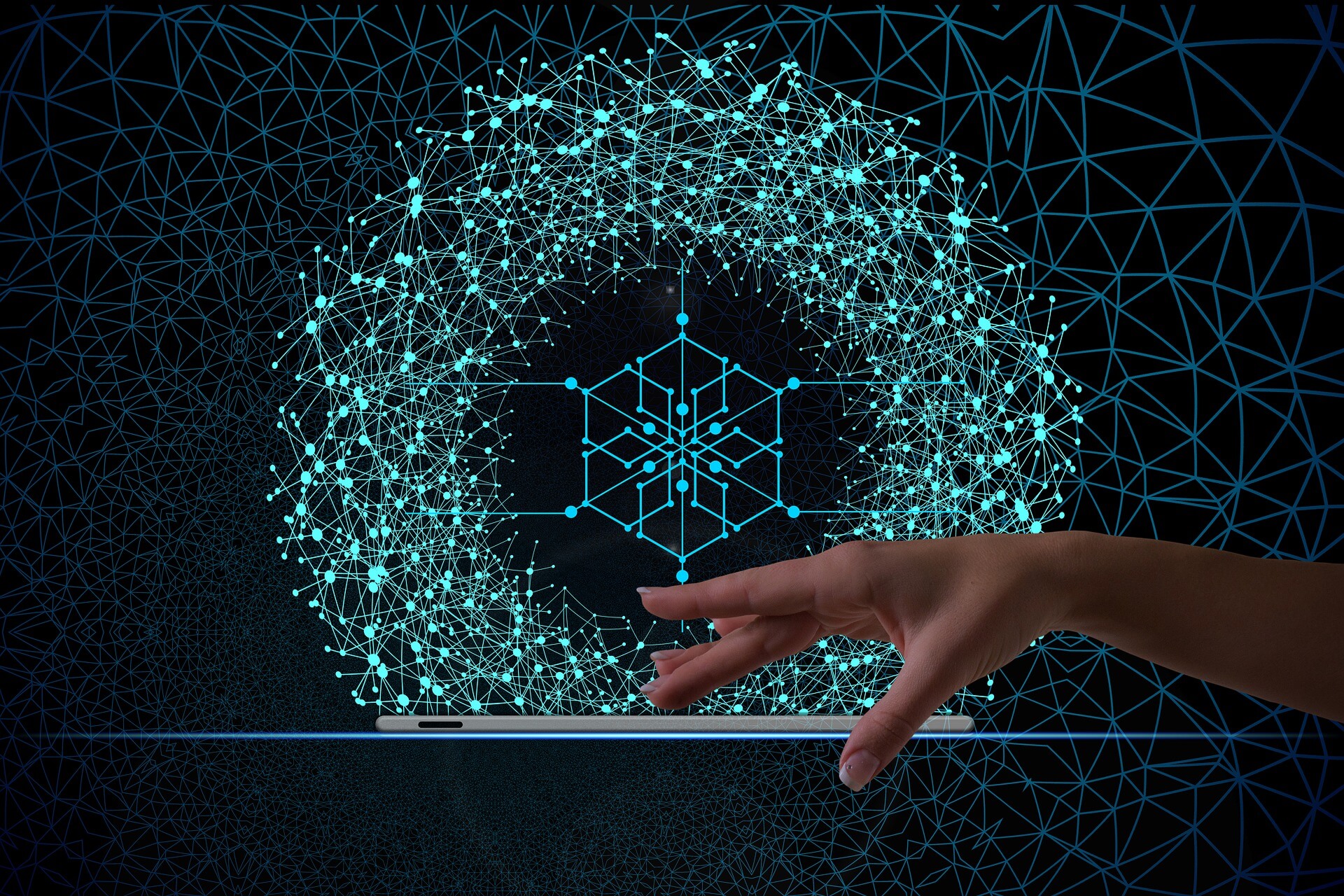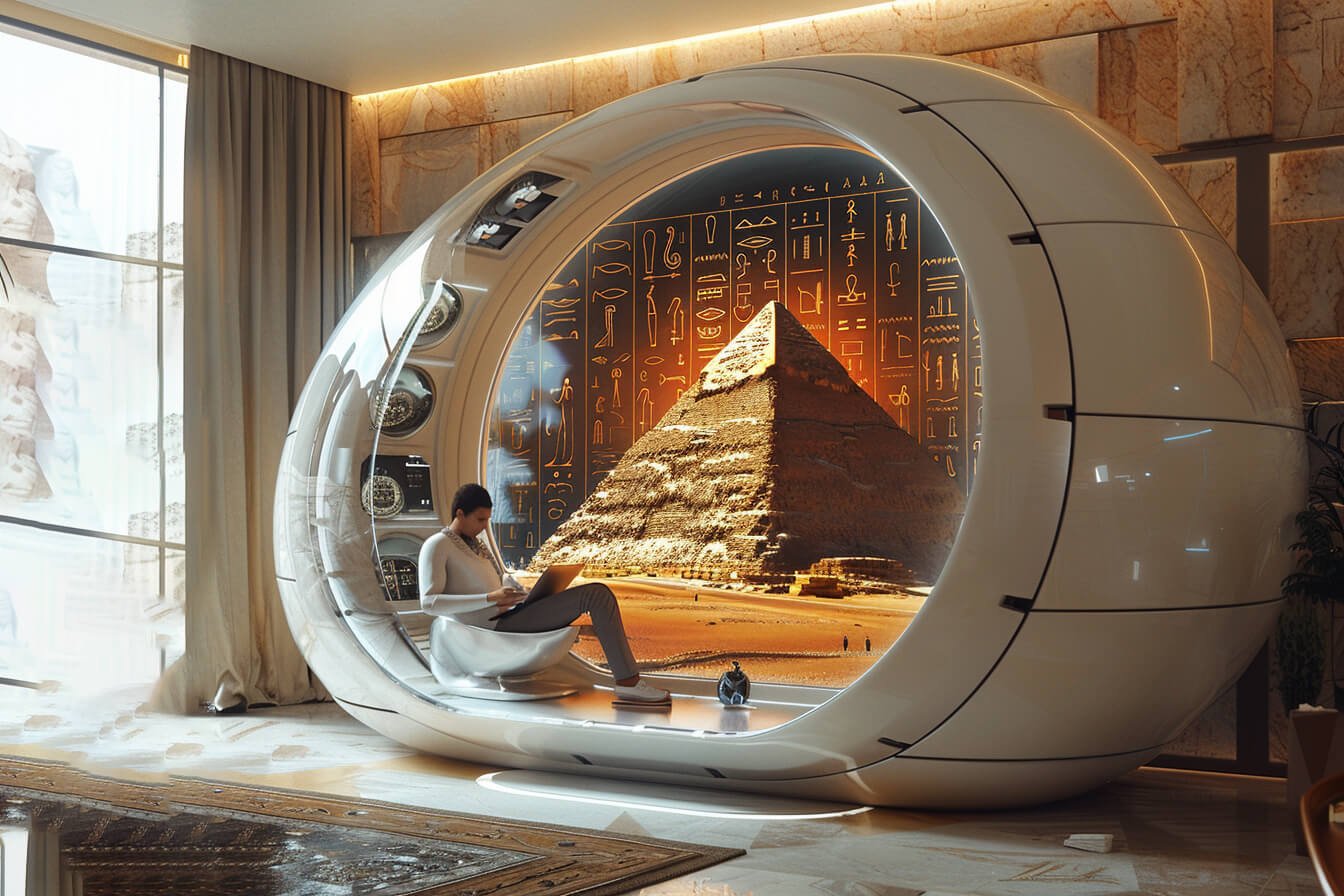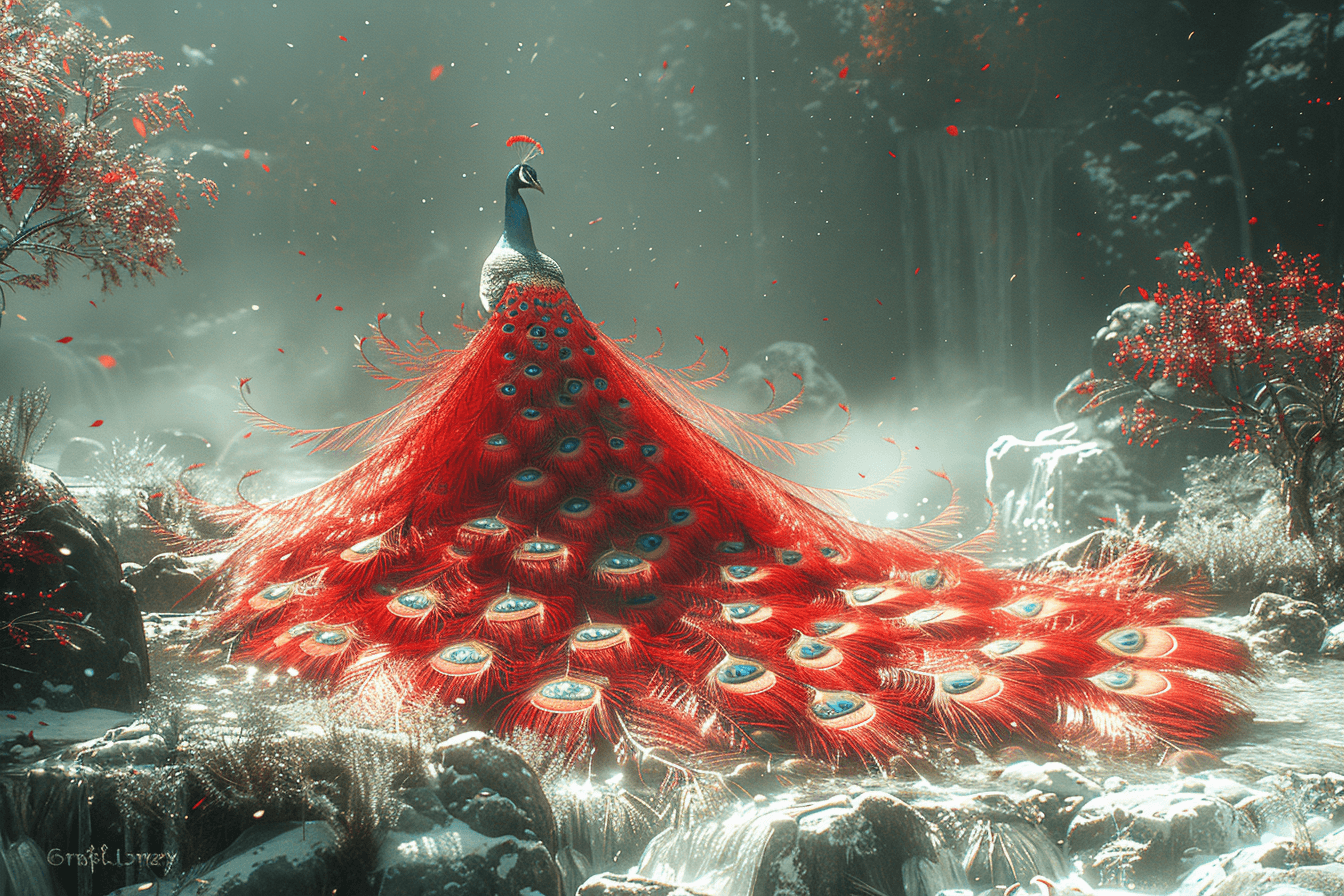What is the Highest Purpose of Design?
With this article, we launch into the realm of foresight to explore the future of concept design. This notion is a bit meta, as we delve into the design of how we design. For creators this is important since it is through this type of meta-thinking that we can invent new design tools, techniques, and philosophies to shape the way design evolves into the future.
As the way we design changes, we also need to be mindful of why we design in the first place. What is the purpose? And what are we trying to accomplish with design? After all, new tools call for new methods, and new methods call for new opportunities to better our world. For example, what if in the future we could design in new ways that heal and nurture our world? To better understand how this is possible, I invite you to read my forecast, where I pull from emerging trends to create new design trajectories. You will see how the way we design matters, and how we can hone design tools, techniques, and philosophies to actualize our dreams for the future.
New Tools that Extend the Design Mind
With the emergence and rapid propagation of artificial intelligence (AI), one needs to consider how it is changing the way we design — as well as how it is changing the face of design itself. AI presents tremendous opportunity and tremendous challenge. For example, how might AI-assisted design tools help creators to see more deeply into their design as they create it in real-time? Just imagine designing a building with an AI-assisted tool that alerts you to potential errors or wonderful solutions while you are working on the initial concept design. This type of design tool becomes an extension of your “design mind”, helping you to not only see more deeply into the design, but also helping you to become a better designer with a tool that helps you sharpen your design sense.
Yet, AI is not the only innovation impacting how creators create.
Let’s explore more deeply:
Virtual reality is fueling new technologies and design environments to shape the way creators interact with their designs while they design them. For example, the team at Numena led by CEO Andreea Ion CojoCaru, invented a virtual reality design tool called Space Elevator. This exciting tool shifts design paradigms as it immerses one inside a true-to-size design environment, so creation happens by feeling your design. In this type of creative space, experiencing the design fosters design decision-making that can lead to poetics that evoke greater beauty, function, and meaning.
Already, I can imagine a future where such tools fuse to create design process spaces that invite people to design for even more complex problems in ways that create even greater opportunities. Additionally, such tools place design in the hands of even more people. On a more urban scale, these tools can invite city citizens to co-create designs for their community — for local, regional, or global access and use.
What’s Next: Unleashing A World of Creativity
As a humanity, meta-thinking will lead to even more meta-design through the tools, techniques, and philosophies used to create. For this, designers need to cultivate the best opportunities for all people to create — and thus, to be more conscious of the spaces, places, and things that impact their life, the lives of others, and the planet.
Can humanity enter into a truly harmonic age of co-creation?
For this, the future awaits.






